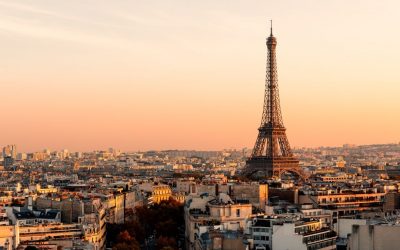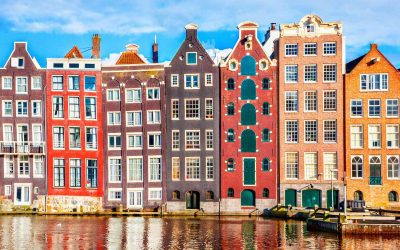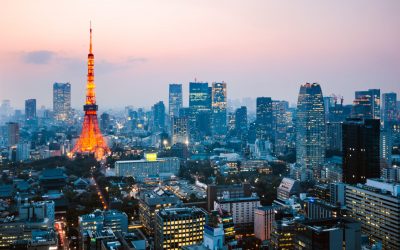Indonesia, a Southeast Asian country, is bathed by the Indian ocean on the west side and Pacific ocean on the east. It stretches over five thousand kilometers, comprising 17,504 islands with 6,000 of them inhabited. Its landscape is highly varied, which makes it so unique and unparalleled. Boundless rice fields, tropical forests, massive volcanoes and picturesque beaches — all that within one country.
Another fascinating fact is that Indonesia is the world’s fourth most populous nation, with 3.51% world share, according to the latest United Nations Population Division estimates.
86 percent of Indonesians are Muslims, which makes it the largest Islamic country. Indonesia is most known for its diversity, multicultural islands, and of course most beautiful and unique travel destinations.
Besides obvious landmarks that attract travelers from all over the world, there are places more secluded and unmatched, that bare traditions and culture of the ancestors to this day. And as you can figure out from the headline, we will focus on some of the most exotic and yet authentic hidden villages in Indonesia.
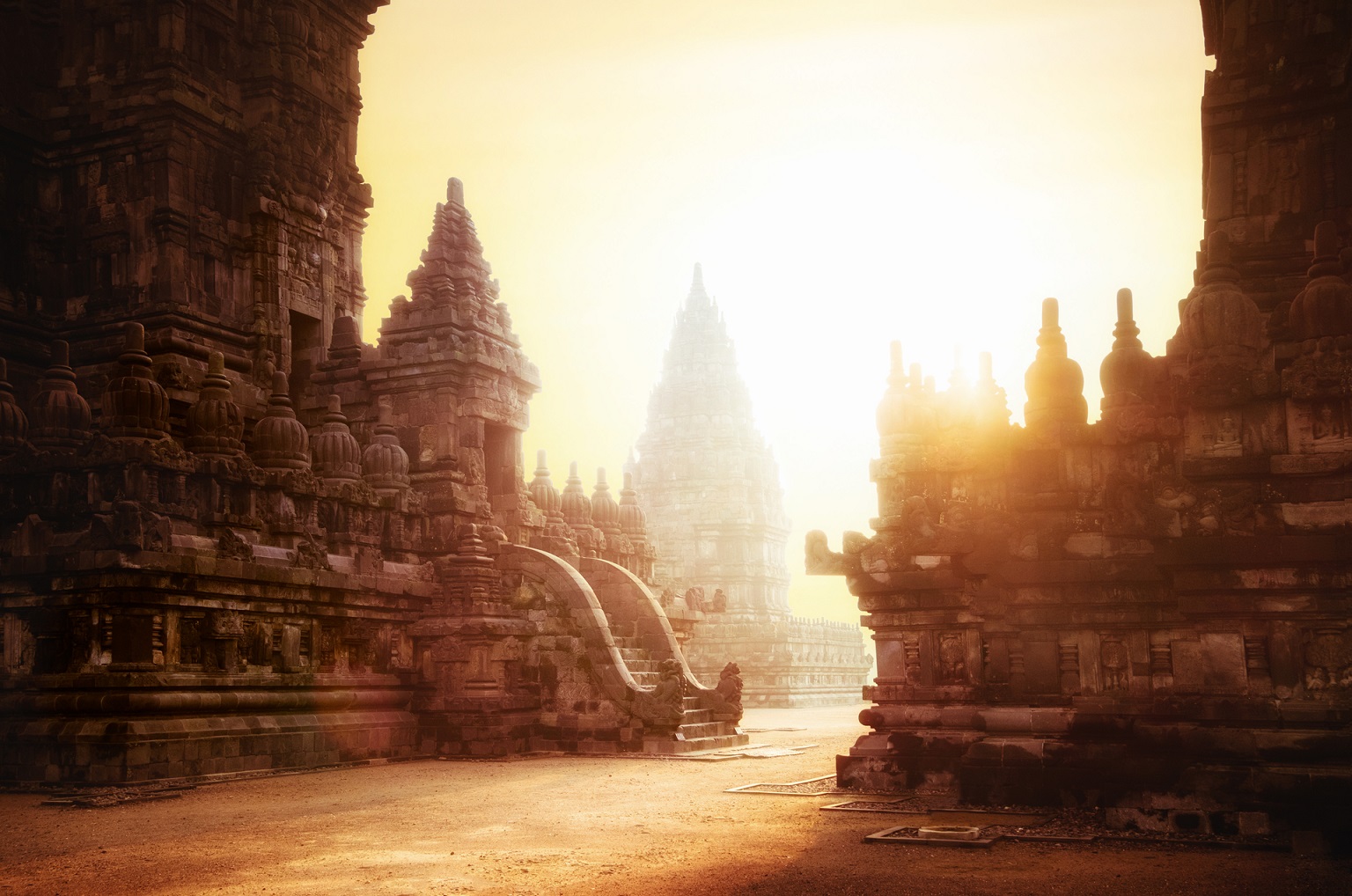
Table of Contents
Wae Rebo Village, Flores Island
This traditional village is at a height of 1,100 meters above sea level, and therefore, it’s often called a paradise above the clouds. With a population of only 1,200 people, Wae Rebu is a small and isolated settlement surrounded by mountains and tropical forest. The community comprises 7 tall cone-shaped houses, which are placed in a circle on a small lawn. This shacks’ layout is not a coincidence: locals believe the circle is a symbol of unity.
At one time, conical housing was common to the region, but today Wae Rebu is the only village that still preserves authentic Manggarai architecture, along with its custom heritage.
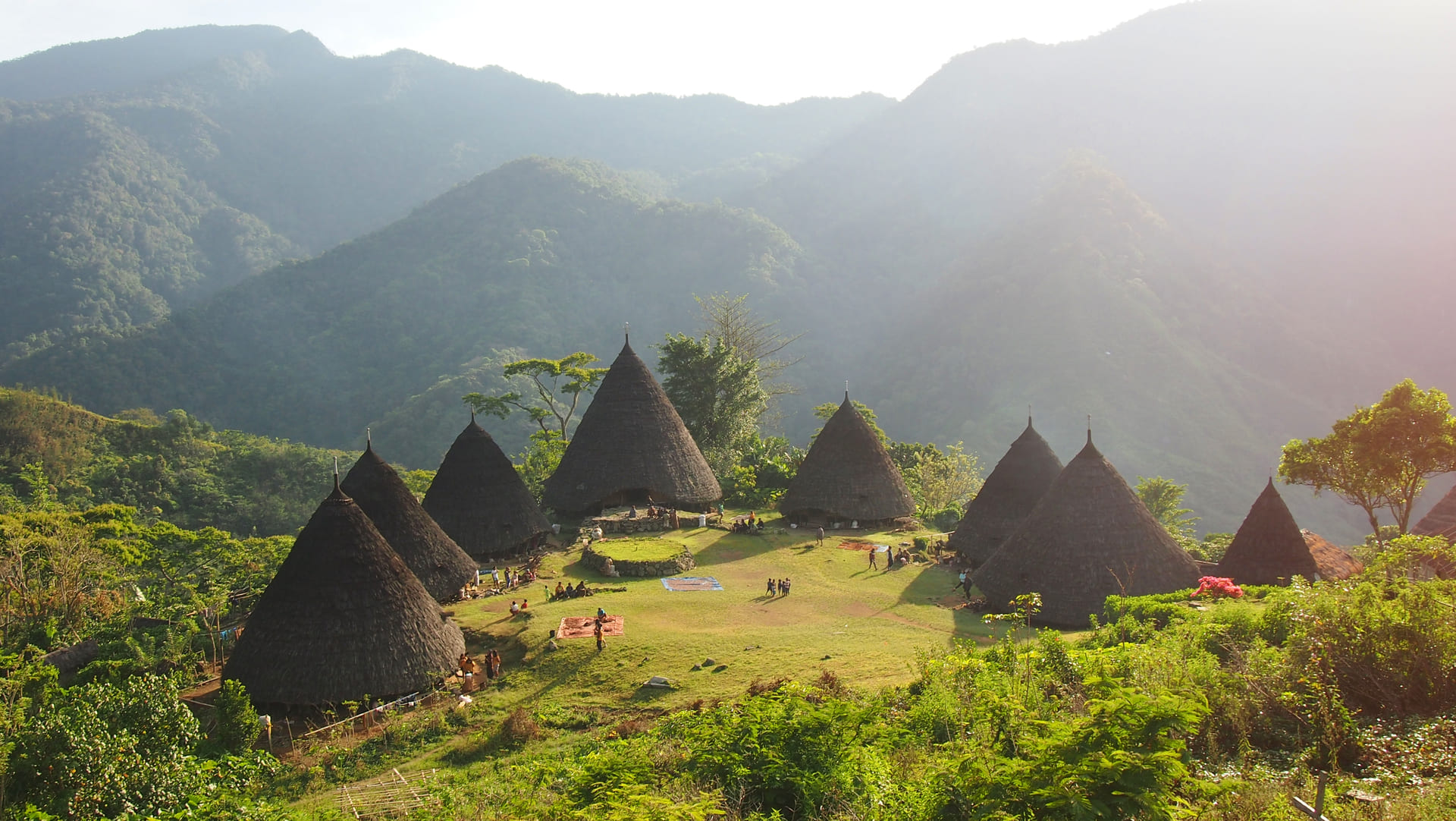
Notably, the unique dwellings have a wooden structure, which is covered with layers of palm leaves. All the building materials come from the surrounding jungle. Built without the use of nails, the conical houses are about 10 meters tall and 15 meters wide. Each one accommodates from 6 to 8 families and has 5 levels. The first level is called ‘lutur’. It serves as a common area with a kitchen. The second level – ‘lobo’, or attic, is meant for storing food and goods. The third level – ‘lentar’ is where the seeds for the next harvest are stored. The fourth level is reserved for the food stocks in case of a bad harvest. The top level – ‘hekang kode’, holds the ancestral offering.
80 percent of the villagers are farmers. They plant coffee, vanilla, cinnamon and grow beans, which they sell to nearby settlements.
Wae Rebo Village is a historical place that became a UNESCO heritage site in 2012.
Kete Kesu Village, Tana Toraja
Another traditional village placed in the heart of the Tana Toraja Highlands goes by the name of Kete Kesu and it’s over 400 years. Presumably, it hasn’t changed since it was first built 4 centuries ago. The village is hidden in a mountain region, surrounded by miles of rice fields.
The reason Kete Kesu stands out from many other villages in the region is because of its curious houses with the boat-shaped roofs called Tongkonan — these are traditional Torojan housing. But it’s not the only thing that makes this place so mysterious and intriguing, it’s also the ancient traditions and rituals the Kete community bears within to this day. The Kete community comprises about 20 families that live in 8 Tongkonan.
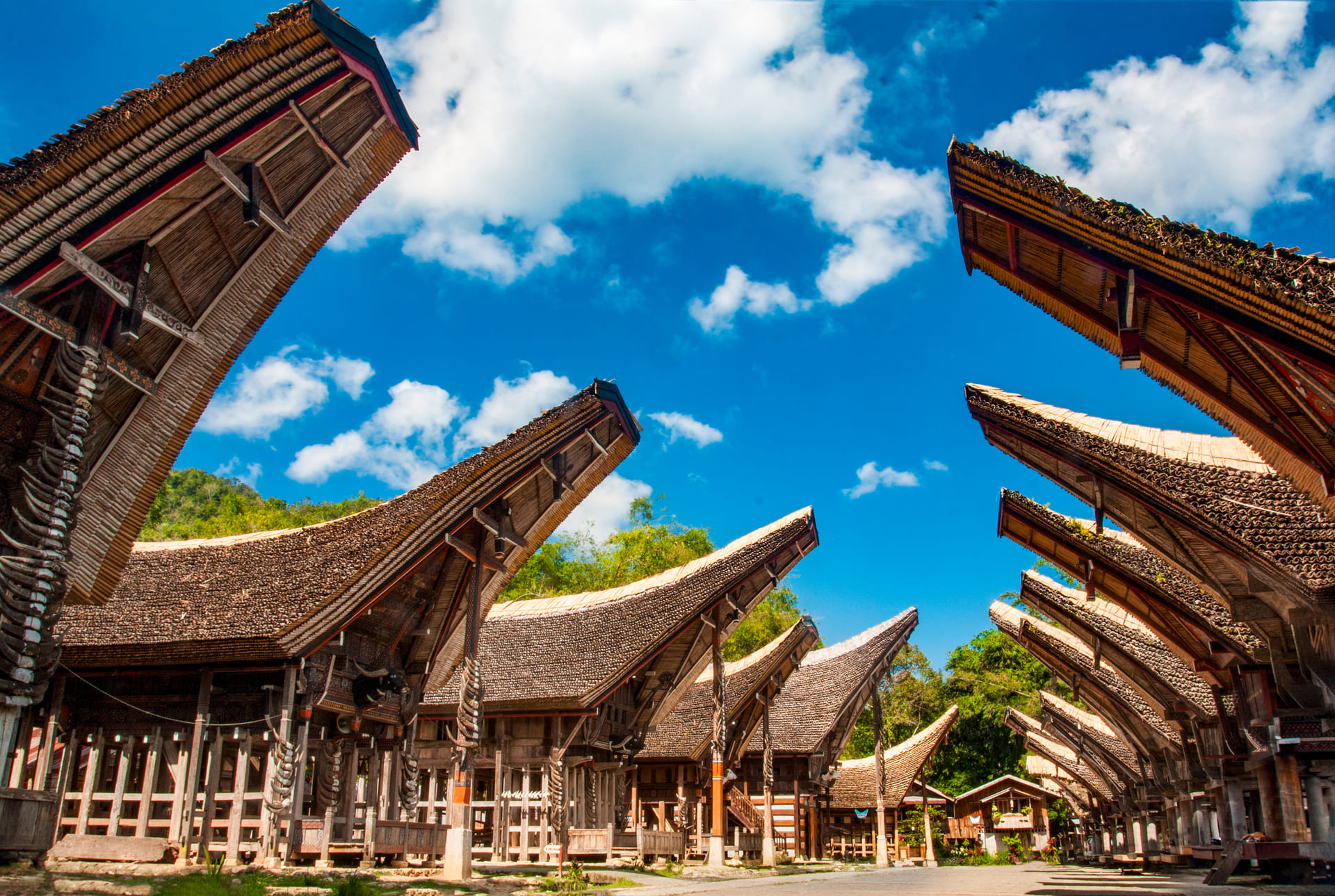
The perception of death here is unconventional, as the villagers are fascinated by it. It is reflected in their extravagant funeral ceremonies, hanging graves and decorative burial sites. You can actually draw an analogy with Mexicans and their death-honoring traditions.
Just like Mexicans, Toraja people are not afraid of the concept of death, on the contrary they are embracing it.
Death is an important part of their everyday life, as everything revolves around it. It’s embedded in their social calendar, which is determined by the funeral. It is also inscribed in the Tana Toraja landscape. How is that? Well, instead of a graveyard, Torajans have a ‘grave cliff’. They place a body of the deceased into the cave, after the funeral ceremony is completed. On the outer part of the cave you can see the so-called Tau-tau statues, as some sort of ‘grave’ decoration. Carved from wood or bamboo, Tau-tau statue represents the person who has passed away and the statue’s features are based on the physical form of the deceased. It’s believed the statues are the guardians of the tomb as well as the protectors of the living. They preserve the link between the dead and the living.
So when strolling around the village, be prepared to come across such an eerie place, decorated with human-like effigies.
Trunyan Village, Bali Island
Trunyan village, also known as Skull Island, is yet another example of a community obsessed with death. Visiting this place will give you chills as you’ll find real skulls and human remains scattered in the streets. This experience is fundamentally different from the one of Julia Robert’s character in “Eat, pray, love” movie.
Trunyan is a remote mountain settlement situated on the far end of lake Batur with locals calling themselves “Bali Aga” meaning old Bali. Their lifestyle differs vastly from the lifestyle of other Balinese people, as they still adhere to the traditions and rituals of their ancestors.
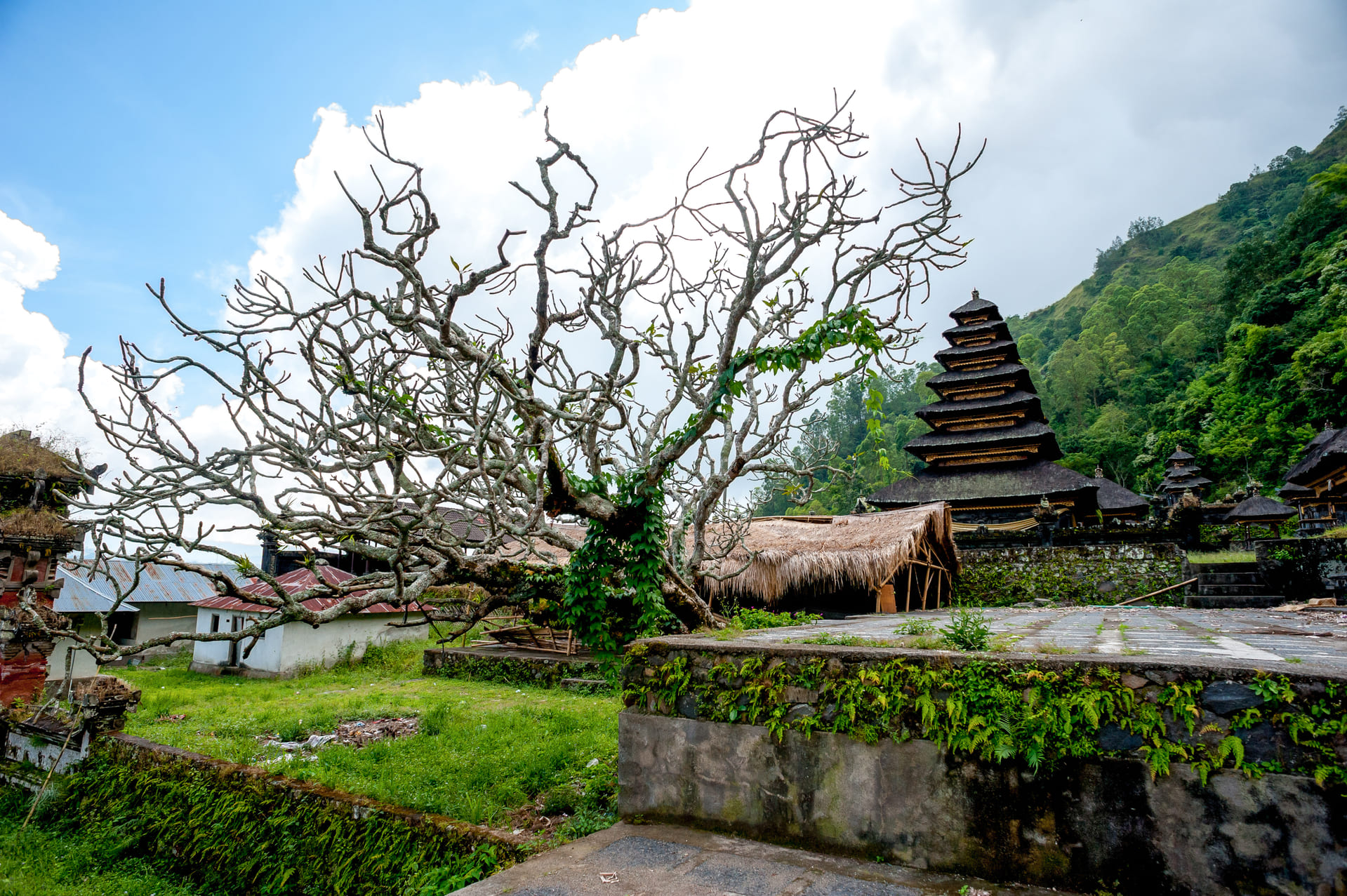
The funeral ceremony is the focal point of their lives. Regular Balinese usually cremate or bury the dead. In Trunyan, villagers place their loved ones’ bodies on the ground, cover them with a small bamboo cage to keep animals away. This tradition is called “Mepasah”.
Although the bodies remain on the ground, they don’t smell and it’s because of the tree of Taru Menya, a fragrant tree that grows nearby the cemetery. Supposedly, the aroma that comes from this tree neutralizes unwanted smells. After the body dissolves, the skull and bones are being placed on a rock nearby.
Bali history says the Trunyan people are one of the three indigenous tribes in Bali.
Penglipuran Village, Bali Island
Here’s another Balinese indigenous village with less extreme ancient traditions called Penglipuran, which translates as ‘Remember the ancestors’. It’s an excellent getaway from urban life.
Local community is quite small, comprising only 700 people, who to these days still adhere to the traditions of their ancestors, precisely what the name of the settlement implies. It’s a beautiful and authentic place worth visiting.
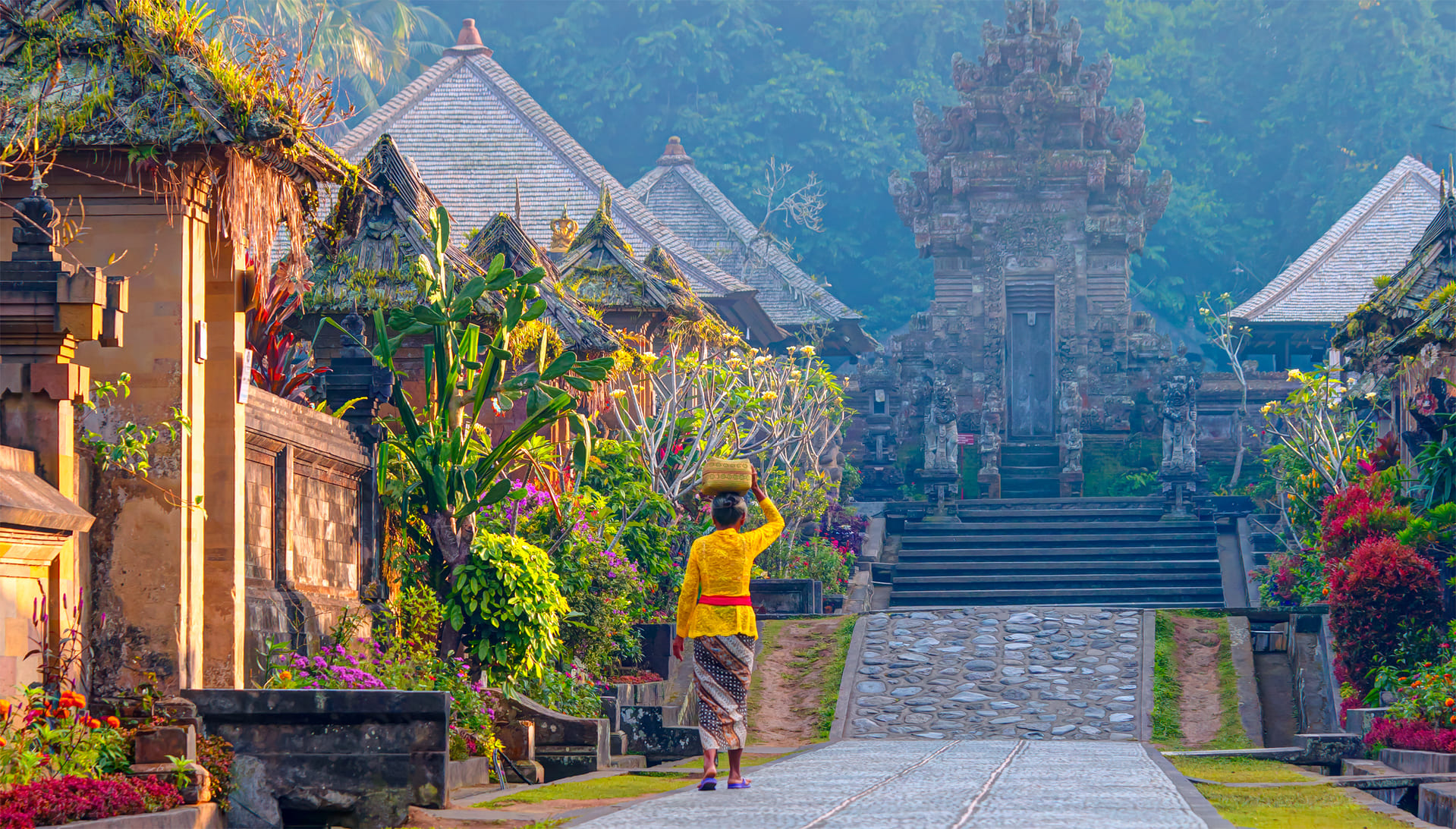
To these days, the village has maintained its ancestral philosophical concept, called Tri Hita Karana. In a nutshell, it’s about the harmony and balance between God, humans, and the environment. This ideology is reflected even in the village’s structure, which is divided into three zones. Each zone with its specific function and sanctity level:
- Parahyangan
It’s considered the most sacred area with a praying temple
- Pawongan
Residential area, where the family houses are situated
- Palemahan
The area serves as a graveyard and farming place
The village was awarded as the 3d cleanest in the world. It’s an ideally preserved area with the old brick-laid roads and stone houses, representing traditional Balinese architecture. On top of that, the area’s been decorated by immaculate gardens with Penjor ornaments hanging over your head.
Penjor is a cultural attribute in the form of a curved-tipped bamboo decorated with coconut or palm leaves. Penjor is also a symbol of a mountain that provides safety and welfare, but most importantly, it’s the main symbol of Balinese religious festival called Galungan.
During this traditional holiday, locals commemorate the victory of Virtue against Evil. It’s rightly the best time to visit Penglipuran.

Baduy Village, Java island
Baduy is a secluded place with some of its settlers completely cut off from the contemporary world by choice, not only physically but also technological.
And what’s most striking is that it’s situated just a few hours outside Jakarta, the capital of Indonesia. People in this village don’t use phones, computers or any electric device for that matter, the Internet is also almost non-existent here.
The reason for this voluntary isolation lies in the tribe’s pursuit to maintain the ancestral traditions that prohibit the use of technology or any foreign influence that could alter in some way or another their unique lifestyle.
Located at the foothills of Kendeng mountains and surrounded by forest, Baduy makes a perfect getaway from the world you know with all of its worries and stress. It’s a perfect opportunity for you to practice a digital detox.
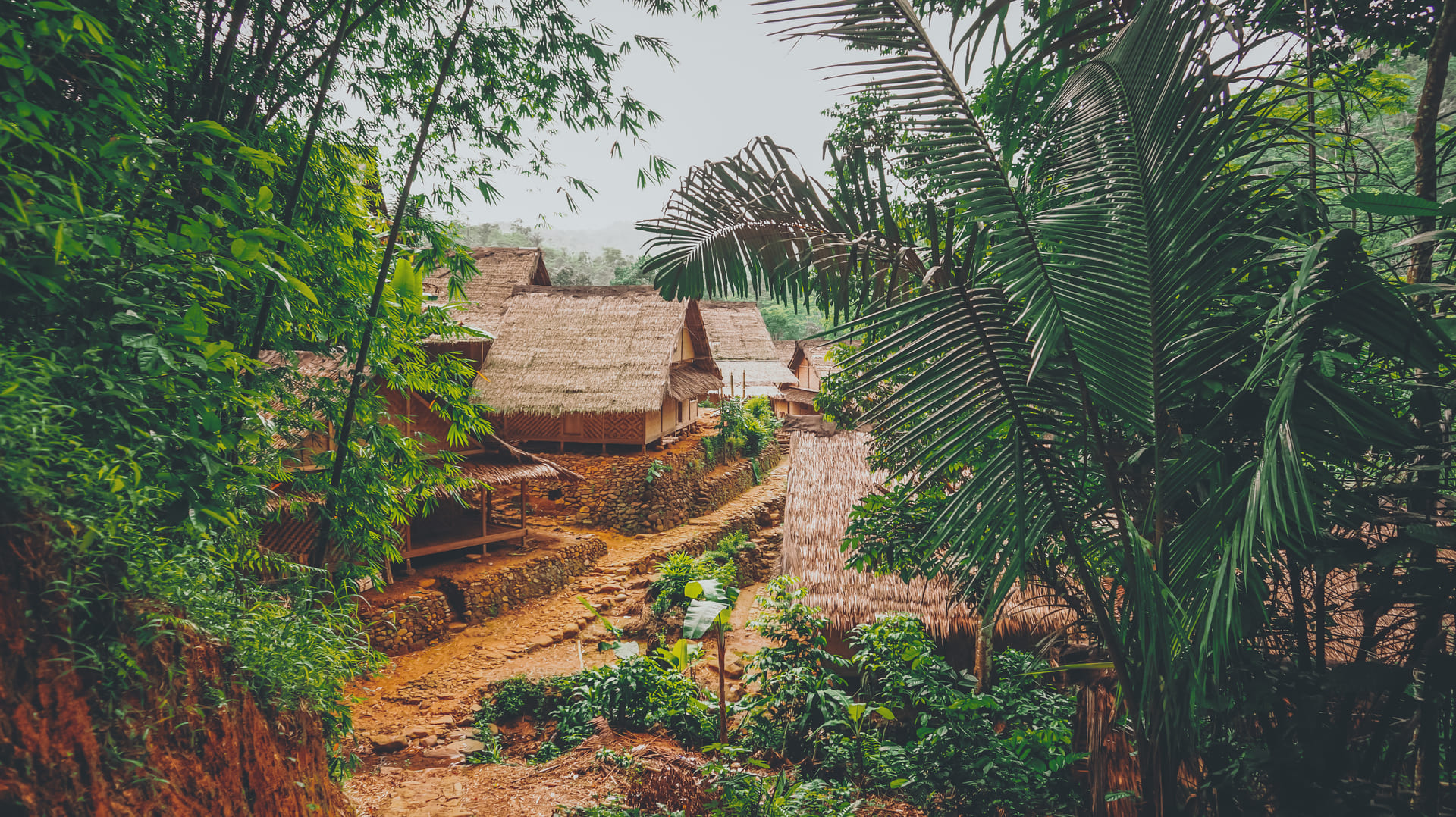
Baduy village is divided into Baduy Dalam, the Inner part of the village, and Baduy Luar, the Outer part. Both groups adhere to the same traditions with some deviations.
Baduy Luar community comprises 22 settlements. Its residents are burdened with less rigorous restrictions, forming a barrier to the outside world for the Baduy Dalam, which prevents any foreign visitor from entering the Sacred Inner community. Despite the fact that both communities walk barefoot as any kind of shoes is prohibited, the Outer residents have more freedom, as they can wear modern clothes, yet decent, ride vehicles, use soap when bathing, contact the outside world to the point that some of them even use mobile phones for trade, as they sell wild honey, palm sugar, durians, timber to neighboring villages, and mobile makes the process a whole lot easier.
People of Baduy Dalam, the Inner community, are regarded as guardians of the ancestral traditions. It has a population of 40 families. Aside from giving up digital devices, the Inner residents sleep with no mattress and wear only white clothing of their own making.
It’s really hard to get access to the Inner part of the village. It can be possible under the circumstance you’ve made real friendly connections with Outer residents that could vouch for you. Otherwise foreigners as well as any type of digital or electronic devices are prohibited inhere.
There are no schools in Baduy village, children are taught to farm. Arranged marriages are a part of Baduy culture. They grow and cultivate their own food, apart from tea, salt and a couple of other food items that are brought from outside.
